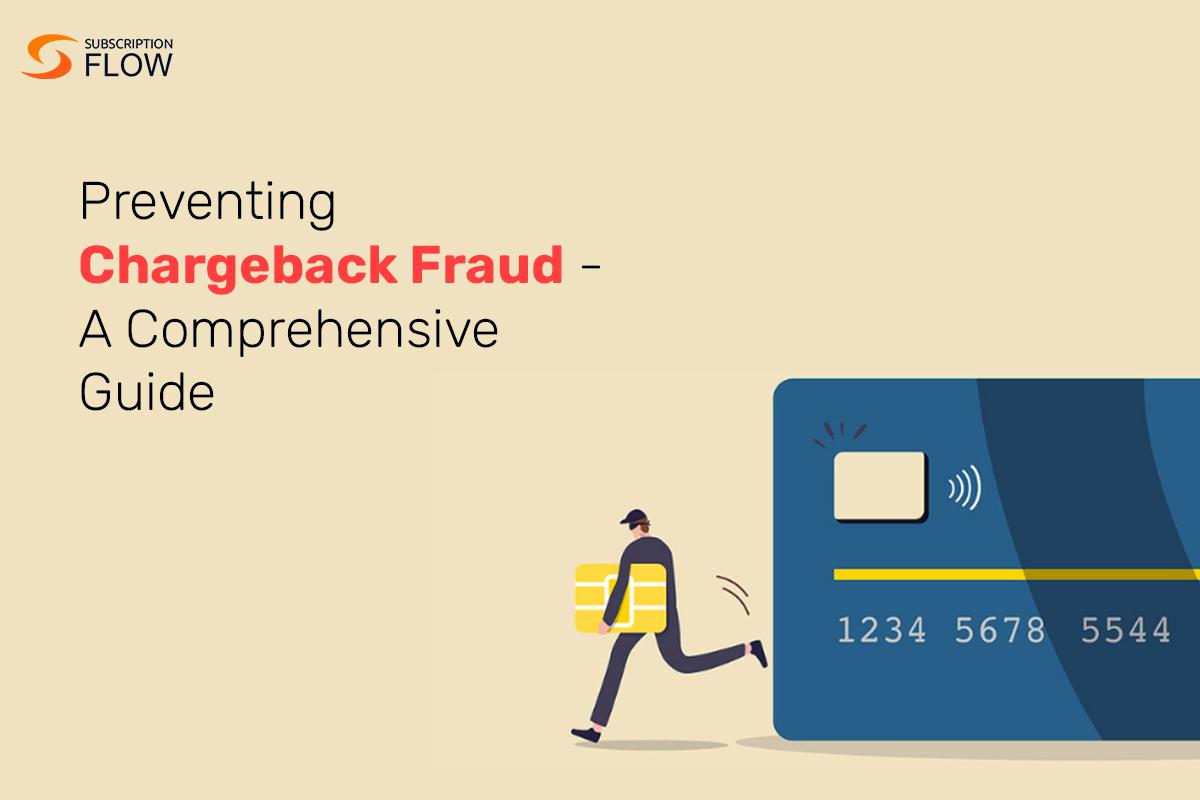In the bustling world of commerce, where digital transactions flow like the lifeblood of modern business, chargeback fraud emerges as a silent predator, lurking in the shadows of every sale. For business owners, this deceptive practice can feel like an insidious storm, threatening to erode hard-earned profits and undermine trust. But fear not, for within the realm of prevention lies a fortress of strategies ready to safeguard your enterprise. In this article, we will embark on a journey to illuminate the path to protecting your business from chargeback fraud. With an authoritative lens, we will unravel the complexities of this digital menace and arm you with the knowledge and tools necessary to stand resilient against its advances. Welcome to your definitive guide on fortifying your business against chargeback fraud.
Understanding the Roots of Chargeback Fraud
To effectively combat chargeback fraud, it’s crucial to delve into its origins and understand the motivations behind it. At its core, chargeback fraud, often referred to as “friendly fraud,” occurs when a customer makes a legitimate purchase but later disputes the charge with their bank, claiming it was unauthorized. This deceptive practice can stem from various motivations, including buyer’s remorse, a misunderstanding of the return policy, or an attempt to obtain goods or services without paying for them. Recognizing these underlying causes is the first step in crafting strategies to protect your business.
- Buyer’s Remorse: Customers may regret a purchase and see chargebacks as an easy way to reverse their decision.
- Misunderstanding: Sometimes, customers may not fully understand the terms of sale or return policies, leading to unintentional disputes.
- Intentional Fraud: A small percentage of consumers exploit chargebacks as a means to acquire products or services without payment.
By identifying these root causes, businesses can tailor their approach to prevention, ensuring that policies are clear, customer service is proactive, and fraud detection systems are robust. Understanding these dynamics not only helps in mitigating losses but also enhances the overall customer experience by addressing potential issues before they escalate into disputes.

Implementing Robust Verification Systems
In the digital age, safeguarding your business from chargeback fraud necessitates the implementation of robust verification systems. These systems are the first line of defense, ensuring that transactions are genuine and authorized. To achieve this, businesses should employ a combination of cutting-edge technologies and meticulous processes. Consider integrating the following strategies:
- Multi-Factor Authentication (MFA): Require additional verification steps, such as one-time passwords or biometric scans, to confirm the identity of the cardholder.
- Advanced Data Analytics: Utilize AI-driven analytics to detect unusual patterns or anomalies in transaction data that may indicate fraudulent activity.
- Tokenization: Replace sensitive payment information with unique tokens to protect customer data and reduce the risk of fraud.
- Comprehensive Customer Profiling: Develop detailed profiles of legitimate customers to better recognize and flag suspicious behavior.
By fortifying your verification processes, you not only protect your business from financial losses but also build trust with your customers, assuring them of a secure transaction environment.
Enhancing Customer Communication Strategies
In the battle against chargeback fraud, a robust communication strategy with your customers can be your first line of defense. Start by ensuring that all customer interactions are clear, consistent, and proactive. Transparency is key; provide detailed information about your products, services, and billing practices upfront. Utilize multiple channels such as email, SMS, and social media to keep your customers informed about their purchases and any potential issues.
Implementing a customer-centric approach not only builds trust but also empowers your customers to resolve disputes directly with you, rather than resorting to chargebacks. Consider the following strategies to enhance your communication:
- Personalized Engagement: Tailor your communication to individual customer needs and preferences, making them feel valued and understood.
- Real-time Support: Offer live chat or 24/7 customer service to address concerns immediately, reducing the likelihood of disputes escalating to chargebacks.
- Feedback Mechanisms: Encourage customers to provide feedback and act on it promptly to demonstrate your commitment to their satisfaction.
By refining your communication strategies, you not only mitigate the risk of chargeback fraud but also enhance customer loyalty and satisfaction.
Leveraging Advanced Technology for Fraud Detection
In today’s digital landscape, businesses must harness the power of advanced technology to stay one step ahead of chargeback fraud. By integrating sophisticated tools such as machine learning algorithms and artificial intelligence, companies can analyze transaction patterns in real-time, identifying anomalies that could indicate fraudulent activity. These technologies not only help in detecting fraud but also in predicting potential threats, enabling proactive measures to be taken before any damage occurs.
- Data Analytics: Utilize comprehensive data analytics to gain insights into customer behavior and transaction trends, helping to spot irregularities swiftly.
- Biometric Verification: Implement biometric verification systems, such as fingerprint or facial recognition, to ensure the authenticity of the user initiating the transaction.
- Blockchain Technology: Leverage blockchain for its transparency and immutability, providing a secure ledger that is difficult to tamper with.
By employing these advanced technologies, businesses can create a robust defense against chargeback fraud, safeguarding their revenue and maintaining customer trust.





